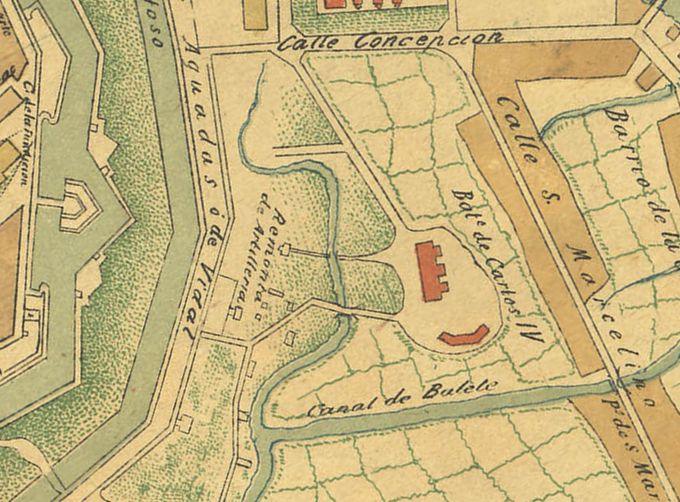
(Originally published on GMA News Online website. See author’s note here.)
It was 11:45 p.m. on December 31, 1972, the first New Year’s Eve after Ferdinand Marcos declared martial law. Like countless others across the country, our clan was gathered at the old family house, but sensed some uneasy quiet since the martial law government had imposed a total firecrackers ban.
My childhood memories of New Year’s Eve had always been one of rambunctious revelry in yards and streets, with neighbors weaving in and out of each others’ homes amid a wall-to-wall din of firecrackers, tooting horns, and the clangor of kitchen pots and pans. But this time, we and our neighbors—big fans of street explosions—faced the prospect of a silenced New Year’s Eve.
Our fears turned out to be unfounded. At about five minutes before midnight, a staccato of explosions started to roll in from the city’s general background noise, mounting into the familiar crescendo we all knew. Continue reading “Firecrackers: A self-destructive Pinoy addiction?”



